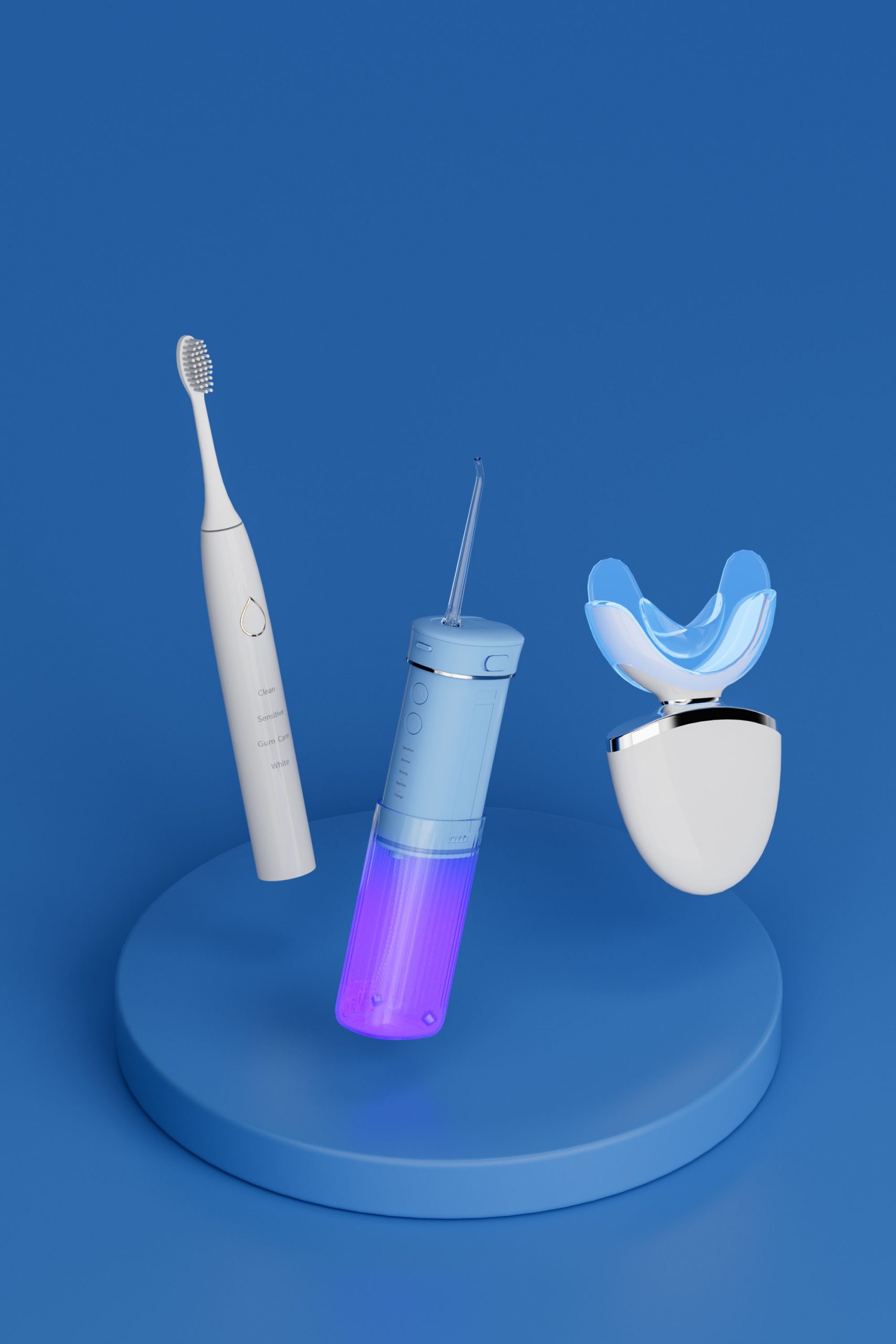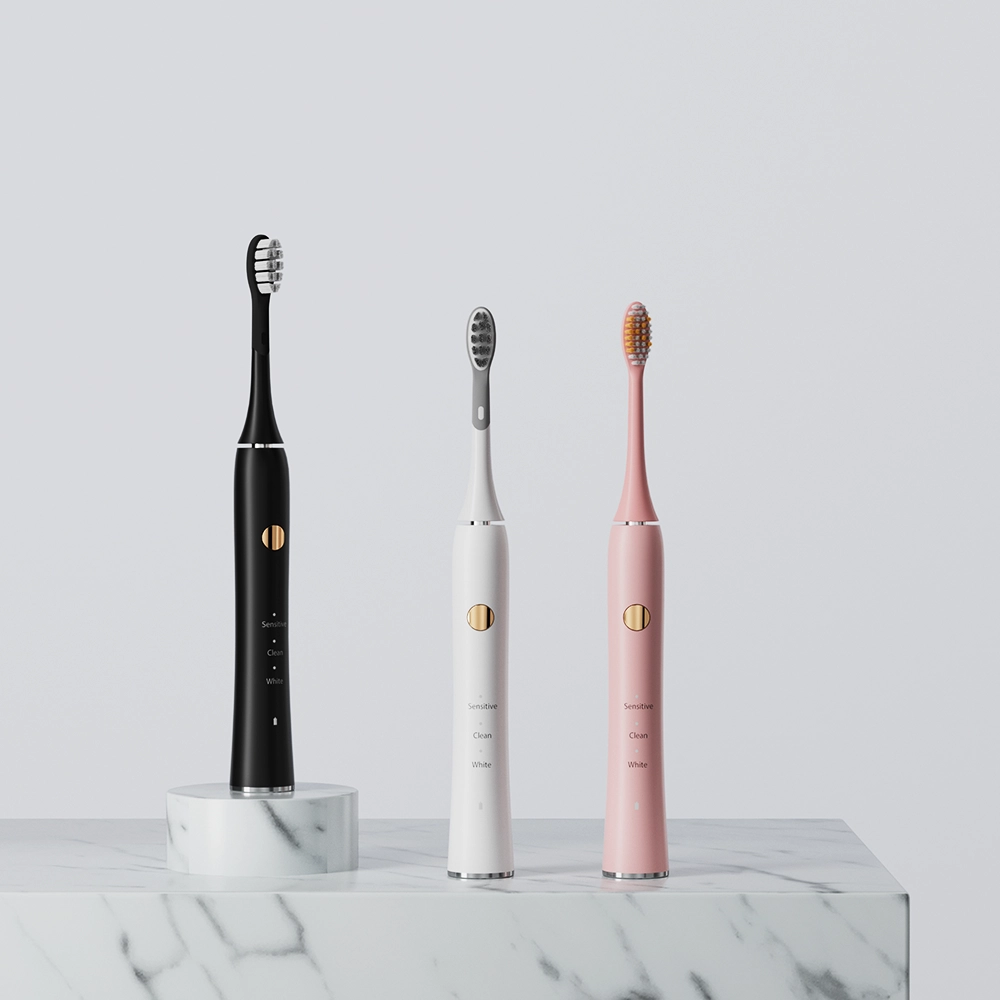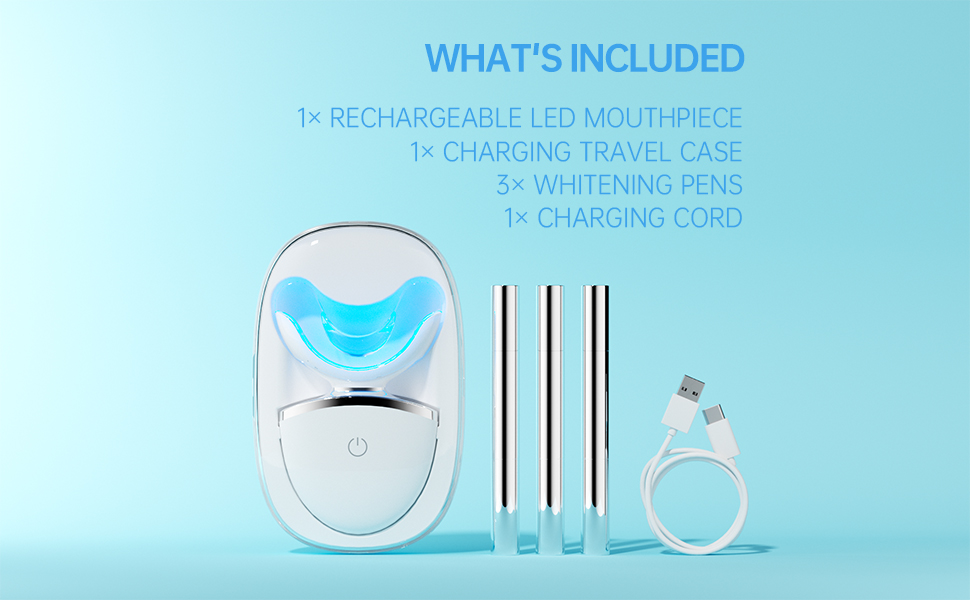In the realm of personal care device design, especially in products like sonic toothbrushes and water flossers, vestibular stimulation and head positioning are rarely discussed together. Yet, users occasionally report dizziness, vertigo, or disorientation after prolonged device use. Could vestibular stimulation caused by device vibrations or water jets, coupled with specific head positioning, be a hidden cause of user discomfort? This blog delves deep into this overlooked topic to clarify its impact on user experience and product safety.
Vestibular stimulation refers to any mechanical input—vibrations, water pulses, or sonic waves—that interacts with the inner ear’s balance system. In oral care devices:
These stimuli, though intended for cleaning efficiency, may inadvertently affect the vestibular apparatus, especially in sensitive users.
Head positioning plays a crucial role in vestibular response:
Understanding head angles during use is thus essential in ergonomic and mechanical design. Company web:https://www.powsmart.com/product/electric-toothbrush/
The short answer: yes. Combined exposure to:
These factors can stimulate the semicircular canals, leading to transient disorientation or dizziness. While not harmful for most users, it poses comfort risks for:
.jpg)
To minimize vestibular-induced head positioning discomfort:
Adapting product engineering and user education can greatly enhance perceived safety.
Before mass production:
Comprehensive pre-market evaluations ensure real-world reliability and reduce post-sale complaints.
Rather than ignoring vestibular stimulation risks, manufacturers can transform them into a quality guarantee:
By addressing dizziness risks proactively, B端厂家 strengthen partnerships with retailers and distributors prioritizing consumer well-being.
Could vestibular stimulation combined with improper head positioning be causing your customers’ dizziness complaints? Quite possibly. Recognizing this subtle interaction is the first step toward building safer, more comfortable oral care products. Manufacturers prioritizing human-factor engineering in tandem with mechanical optimization will lead the market in both safety and satisfaction. Contact us

Should You Get Your Child a Water Flosser?

Is It Normal to Secrete a Lot of Saliva When Using a Teeth Whitening Device?

What Are the Key Points to Note When Using the LED Teeth Whitening Device and Whitening Gel Together?

Are Electric Toothbrushes a Good Investment?

What Are the Pros and Cons of Popular Travel Size Electric Toothbrushes?

How to Find a Toothbrush Vendor for Toothbrush Travel Case Accessories?

How Do Salons Do the Whitening Teeth Products Business? An OEM Supplier’s Insight
Wire Fraying Plus Tooth Graying – Silent Threat?
Smart Toothbrush Austin – High-Tech Oral Care Solutions
Thanksgiving Employee Gift Sets Electric Toothbrush Seattle | Supplier

Adventure-Ready Electric Toothbrushes: Outdoor Toothbrush OEM Features for Outdoor Enthusiasts
Can Your Flosser Refresh Your Breath?
Indicator Failure Leading Periodontal Pocket Deepening – Undetected?

Basic Steps and Tips for Oral Care
.jpg)
How Many Times Is It Recommended to Clean Your Mouth in a Day?

Factory Tells You If Electric Toothbrushes Turn On Automatically at Night – What Can We Do?

electric toothbrush heads Deep Clean

Customization Teeth Whitening Gel

Private Label Whitening Gel

Electric toothbrush heads Charcoal Infused-Diamond
.jpg)
Florida Electric Toothbrush – Powsmart PTR-C8

electric toothbrush heads Regular Clean

electric toothbrush heads Ultra Soft

electric toothbrush heads Charcoal Infuse-Round
whstapp
whstapp
National Toll-Free Service Hotline
+86 755 86238638